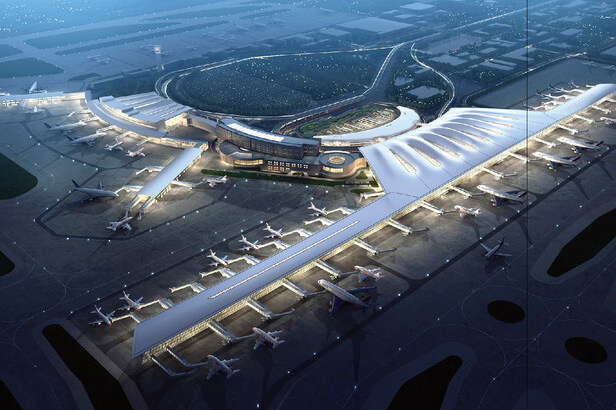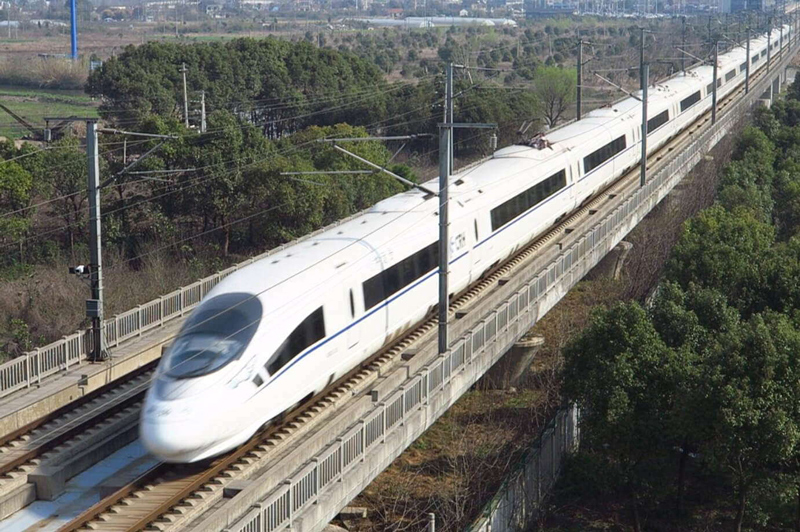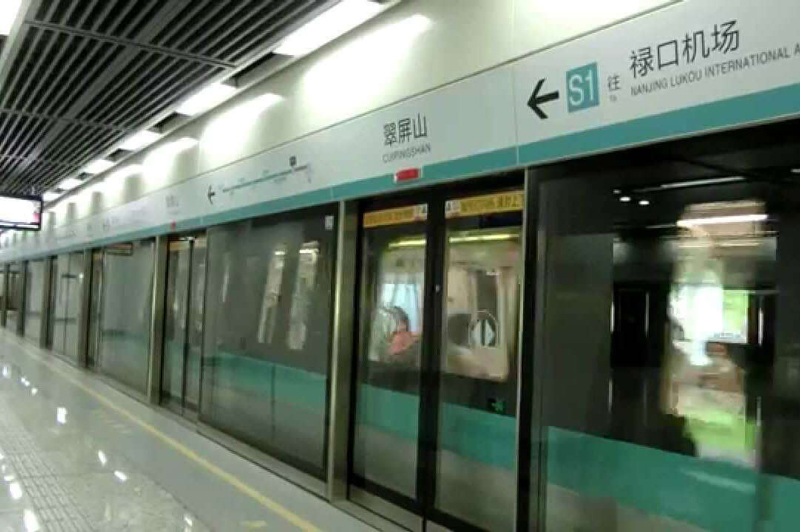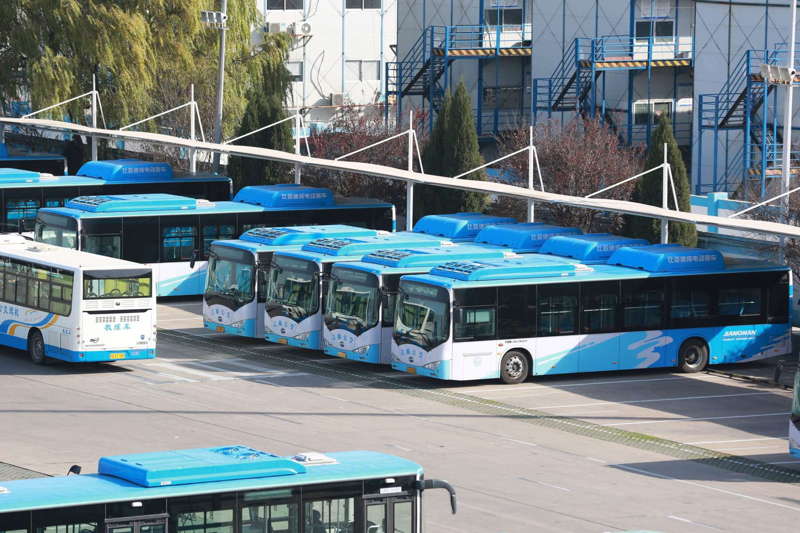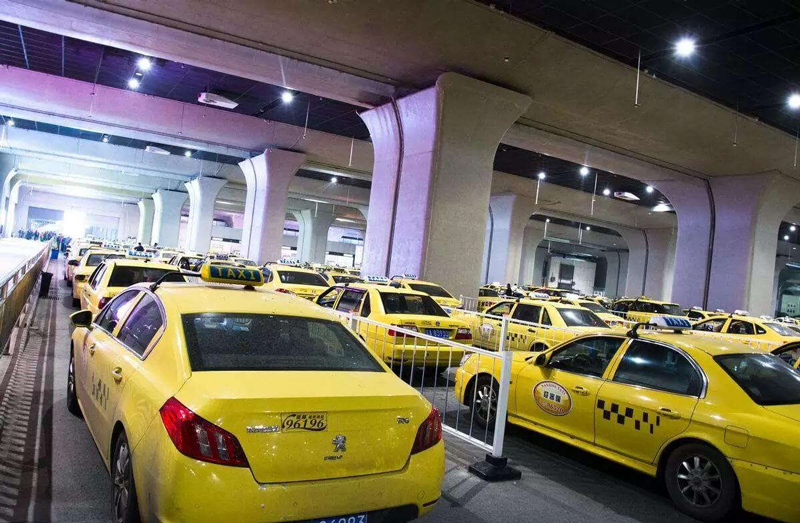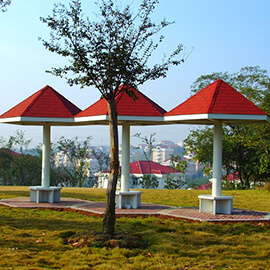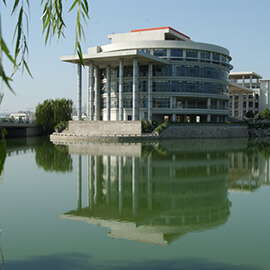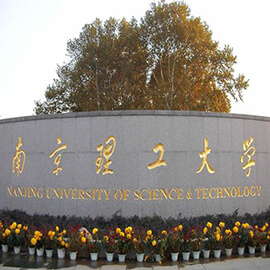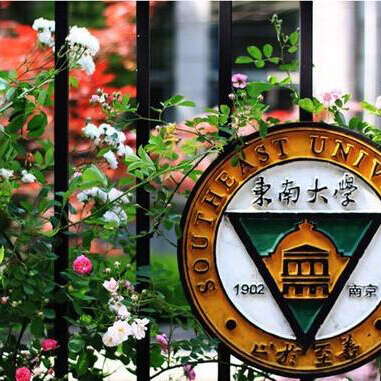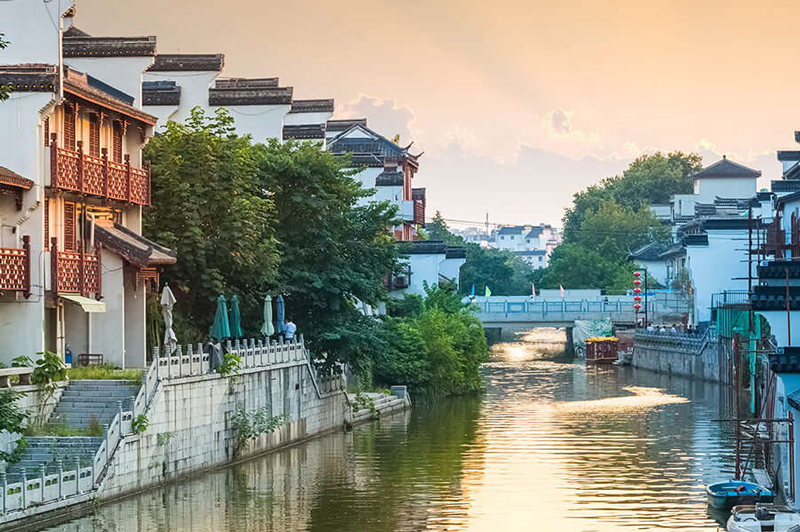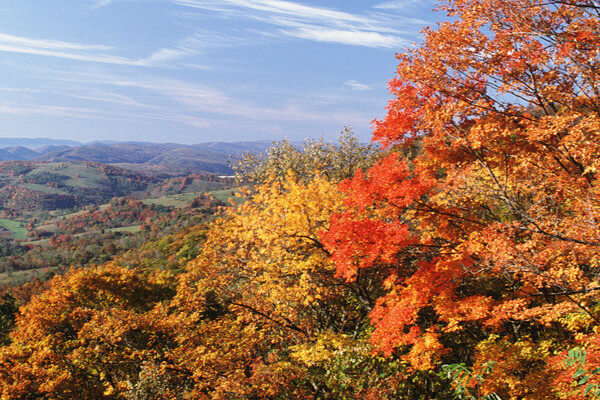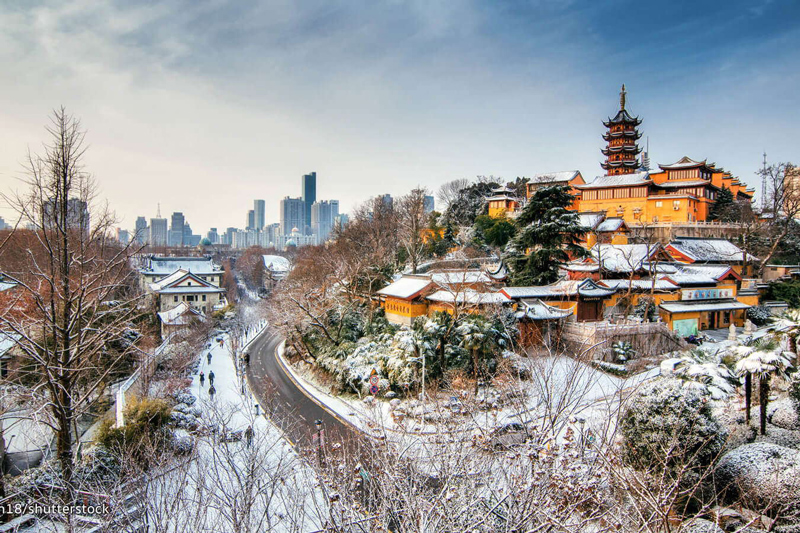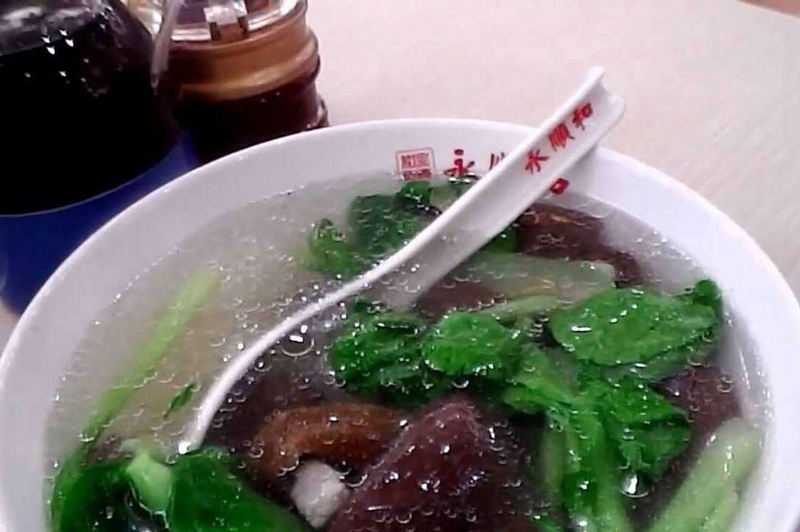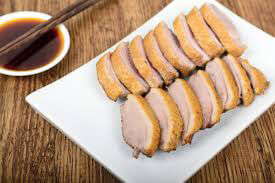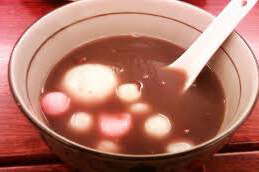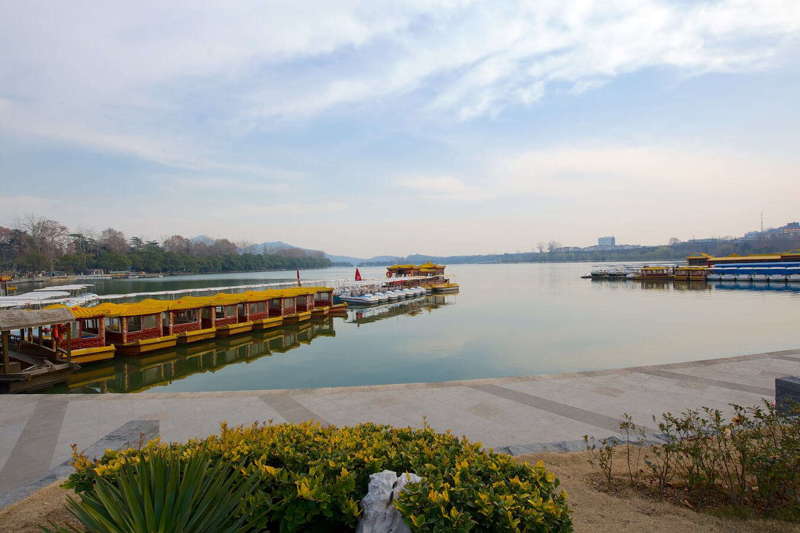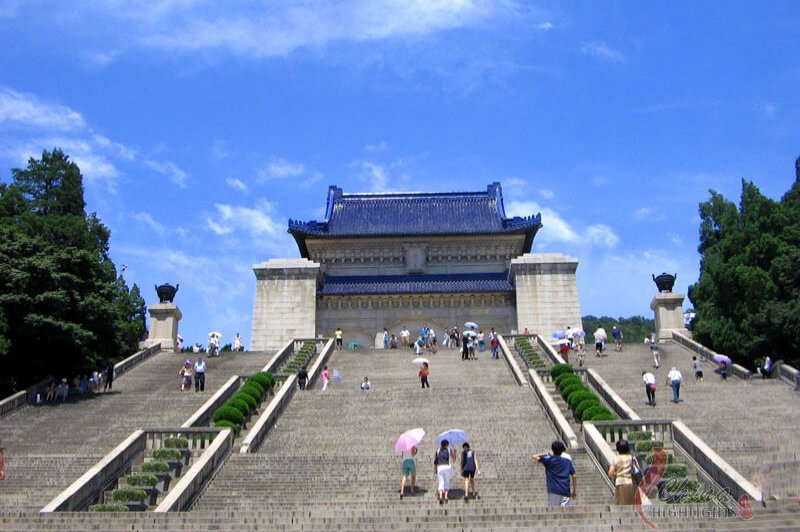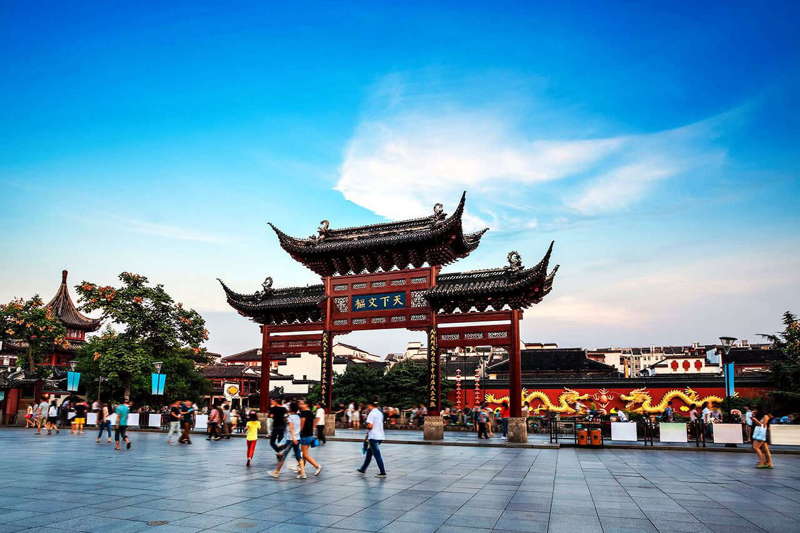Nanjing – The capital of China before 1949, a city with Chinese tradition as the background.
Why Choose Nanjing
Get a Question?
Do not hesitage to give us a call. We are an expert team and we are happy to talk to you.
+ 0086-25-58895599
info@scholarshipchina.com
Nanjing Transportation
1、 Nanjing International Airport
Nanjing Lukou International Airport is the "Gate" of Jiangsu Province, the third largest airport in eastern China and one of main air hubs in the country. For passengers’ convenience, there are not only shuttle buses running between the airport and downtown area, but also buses between the airport and nearby cities like Huai’an, Yangzhong, and Shuyang, etc.
From the airport to Nanjing: The 30-minute taxi journey to the city centre costs ¥100 or more. It is usually cheaper to take the airport bus to the centre and take a taxi from there.
2、 Nanjing Train
Nanjing is an important meeting point of the country’s north-south and east-west railway trunks, which connects northern, eastern and middle regions of the country. The passenger transportation is handled at two railway stations: Nanjing Railway Station is operating regular and partial high-speed trains and South Railway Station is operating high-speed trains.
3、 Nanjing Subway
With its subway line 1 put into service in 2005, Nanjing became the 6th city in mainland China having subway lines. Presently, the city’s subway mileage open to traffic is 85 kilometers (about 53 miles), consisting of line 1, line 2 and their extensions. By the end of 2014, the total length has reached 240 kilometers (about 149 miles). By 2030, there will be 17 lines servicing the citizens.
4、 Nanjing city bus
Compared with the subway, city buses are more flexible. They can take passengers almost anywhere they want in the city. The ticket fare is CNY 1 for regular buses and CNY 2 for air-conditioned ones.
5、 Nanjing taxi
Taxis travel the main streets in the city. Compared with the big cities like Beijing and Shanghai, it is not difficult to hire one. The taxi fee for first three kilometers (about 1.9 miles) is CNY 9 and CNY 2.4 for extra per kilometer (about 0.6 mile) in daytime and CNY 2.7 in night time; in addition, a fuel surcharge of CNY 2 / ride is charged.
Tip: Be careful of taking taxi from a bus station or railway station. Unlicensed taxi touts can be very expensive.
6、 Nanjing Transportation smart card
There are two kinds of transportation card in Nanjing. The one applicable to tourists is Public Utility IC Card (PUIC; also called Jin Ling Tong in Chinese). The card holders can enjoy a 20% discount on city buses, 5% discount on subway lines, 50% discount on Zhongshan Pier – Pukou ferries and 10% discount on other ferries.
xuezhicheng
111111111111111111111111111111
Khem
WOULD LIKE TO APPLY THERE
vayubahtouray
I am interested in studying in China on full scholarship but all my application documents are not yet available my police clearance and medical clearance is still not available. How can you help me process my application please
Elsie
this is the best city I have ever been
JoeAmin
I want to study Chinese language but full scholarship in changsha
Nanjing Weather
1、 Nanjing Spring
The spring of Nanjing, enjoying a decent temperature, is the most comfortable season for visitors.
2、 Nanjing Summer
The average annual temperature in Nanjing is about 15°C (60°F) and the time from mid-June to July is the rain period. Known as one of the three hottest cities in China, Nanjing's scorching summer period is to be avoided. The average ground temperature can reach 35°C (95°F) and the extreme highest point could reach 40°C (104°F) sometimes
3、 Nanjing autumn
The short and comfortable autumn time from October to mid-November is the best travel period for the city.
4、 Nanjing summer
Unlike other southern cities in China, in December, it sometimes snows in the city. If fortunately, (may not be fortunate for some people), you will have an opportunity to appreciate the enthralling white snow world of Nanjing. In the coldest month - January, the temperature could be as low as -7°C (19°F).
John Smith
Cras justo odio, dapibus ac facilisis in, egestas eget quam. Duis mollis, est non commodo luctus, nisi erat porttitor ligula, eget lacinia odio sem nec elit.
Jenifer Janeth
Nulla vitae elit libero, a pharetra augue.
Nanjing Cuisine
1、 Duck Blood Soup
The Duck Blood Soup is one of the most popular food in Nanjing. The name of this dish may sound odd to foreigners who might wonder how the blood and soup is combined. Actually Chinese people do eat the blood of duck, goose and chicken but in a unique way. They collect the blood of a freshly killed duck or goose and stir, then seal and refrigerate until ready to use. The result is blood cakes. The soup is seasoned with salt, pepper, and subtly spicy undertones. Simmer gently for several minutes and serve with eggs, noodles and caraway. This food is the top of all travelers' recommendations. The cheap stalls at Fuzimiao dining street sell the best at 3.5 yuan.
2、 Pan-fried beef dumpling
These doughy purses, loaded with minced beef mixing diced ginger and spring onion, are fried until golden and crispy. The fragrant crescents provide a contrasting taste sensation: the outside is crunchy while the inside is moist and soft.
3、 Duck soaked in brine
A most classic Nanjing food. This cold dish exemplifies Nanjing chef’s unparalleled skills in cooking the fowl. The duck meat is well-seasoned, juicy and tender. Bones are easy to get rid of. To make the dish, free-range ducks are first simmered in brine, hung to dry for around three days and then served as chops.
4、 Red Bean Soup with Sweet Rice Balls
This traditional dessert is rich but not overly sweet. The glutinous soup is made with sugared red bean paste and pearls of soft dumplings. Osmanthus honey is mixed in at the end. It is a popular food in Nanjing and east China and carries the lucky meaning of “family reunion.”
John Smith
Cras justo odio, dapibus ac facilisis in, egestas eget quam. Duis mollis, est non commodo luctus, nisi erat porttitor ligula, eget lacinia odio sem nec elit.
Jenifer Janeth
Nulla vitae elit libero, a pharetra augue.
Nanjing Attractions
1、 Xuanwu Lake
Close to the city center, Xuanwu Lake is China's largest imperial lake and one of the three famous lakes in southern China. The lake has a history of over 1,500 years. Covering an area of 472 hectares, the lake carries five isles, which are all interlinked by bridges. It is good for visitors to take a walk, jog, ride bicycles and simply enjoy the scenery of the different seasons across the park.
2、 Dr Sun Yat-Sen Mausoleum
Dr Sun Yat-Sen Mausoleum is situated on Zhongshan Mountain in the eastern suburb of Nanjing. Dr. Sun Yat-sen was a great forerunner of the Chinese democratic revolution and led by Dr. Sun the Chinese people brought down the corrupt rule of the Qing Dynasty and ended 2000 years of the feudal monarchy system, which led the Chinese peoples in to a new age. The whole Mausoleum Scenic Area represents an alarm bell as seen from the air, symbolizing the noble spirit and heroic efforts of Dr. Sun Yat-sen's devotion to the Chinese people, fight of oppression and wining the independence of China.
3、 The Confucius Temple
Nanjing Confucius Temple is for consecrating and worshiping Confucius, the great thinker and educator of ancient China. The Confucius Temple once was rebuilt in Qing Dynasty but was serious fired and destroyed by the Japanese aggressor troops in 1937. In order to protect the old city, the Chinese Government appropriated funds to rebuild and fix the Confucius Temple. Nowadays it has re-expressed its splendid civilization to the world and has been regarded the special scenery of Nanjing. In 1991, the Confucius Temple was elected the "Forty Best Scenery Spots".
John Smith
Cras justo odio, dapibus ac facilisis in, egestas eget quam. Duis mollis, est non commodo luctus, nisi erat porttitor ligula, eget lacinia odio sem nec elit.
Jenifer Janeth
Nulla vitae elit libero, a pharetra augue.
Nanjing Useful Tools
John Smith
Cras justo odio, dapibus ac facilisis in, egestas eget quam. Duis mollis, est non commodo luctus, nisi erat porttitor ligula, eget lacinia odio sem nec elit.
Jenifer Janeth
Nulla vitae elit libero, a pharetra augue.
- We are here to help:
-
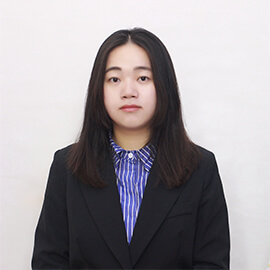 Arina
Arina

WeChat
-
Phone
+8618994068961
-
Email
info@scholarshipchina.com
-
Whatsapp
+8617721535950
-
-
 Dean
Dean

WeChat
-
Phone
+86 13218000923
-
Email
info@scholarshipchina.com
-
Whatsapp
+8617721535950
-
-
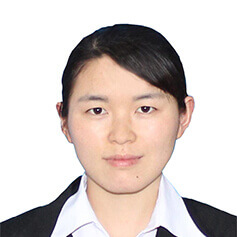 Tracey
Tracey

WeChat
-
Phone
+86 17798521652
-
Email
info@scholarshipchina.com
-
Whatsapp
+8617721535950
-

